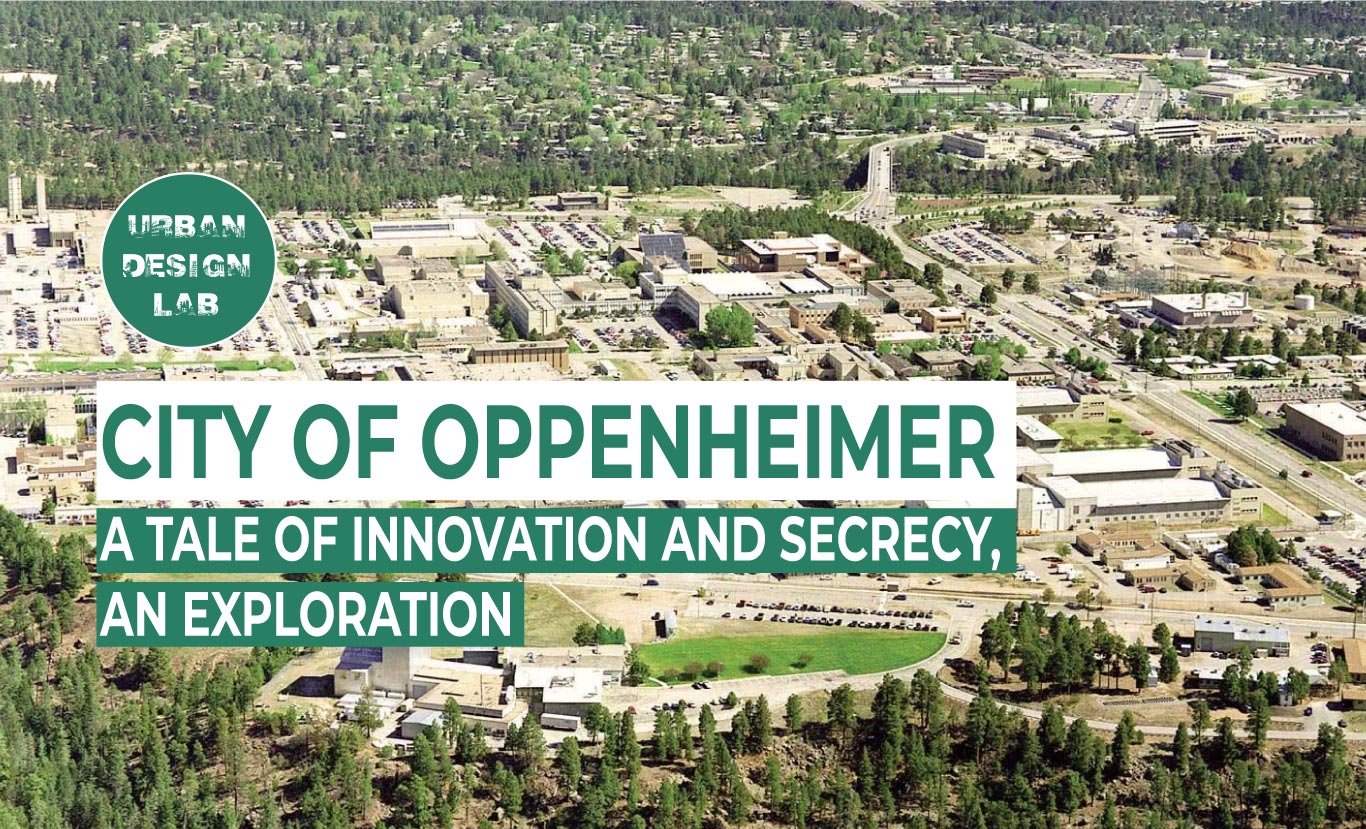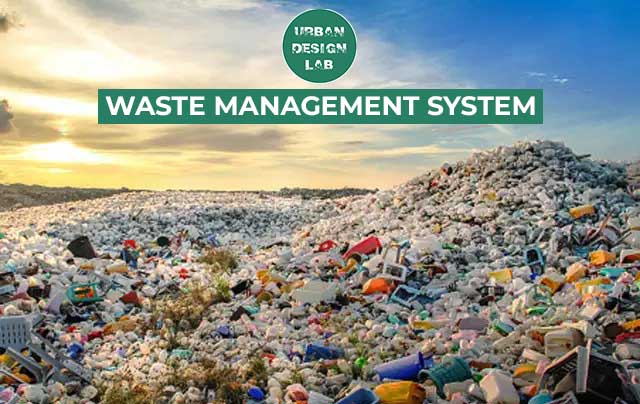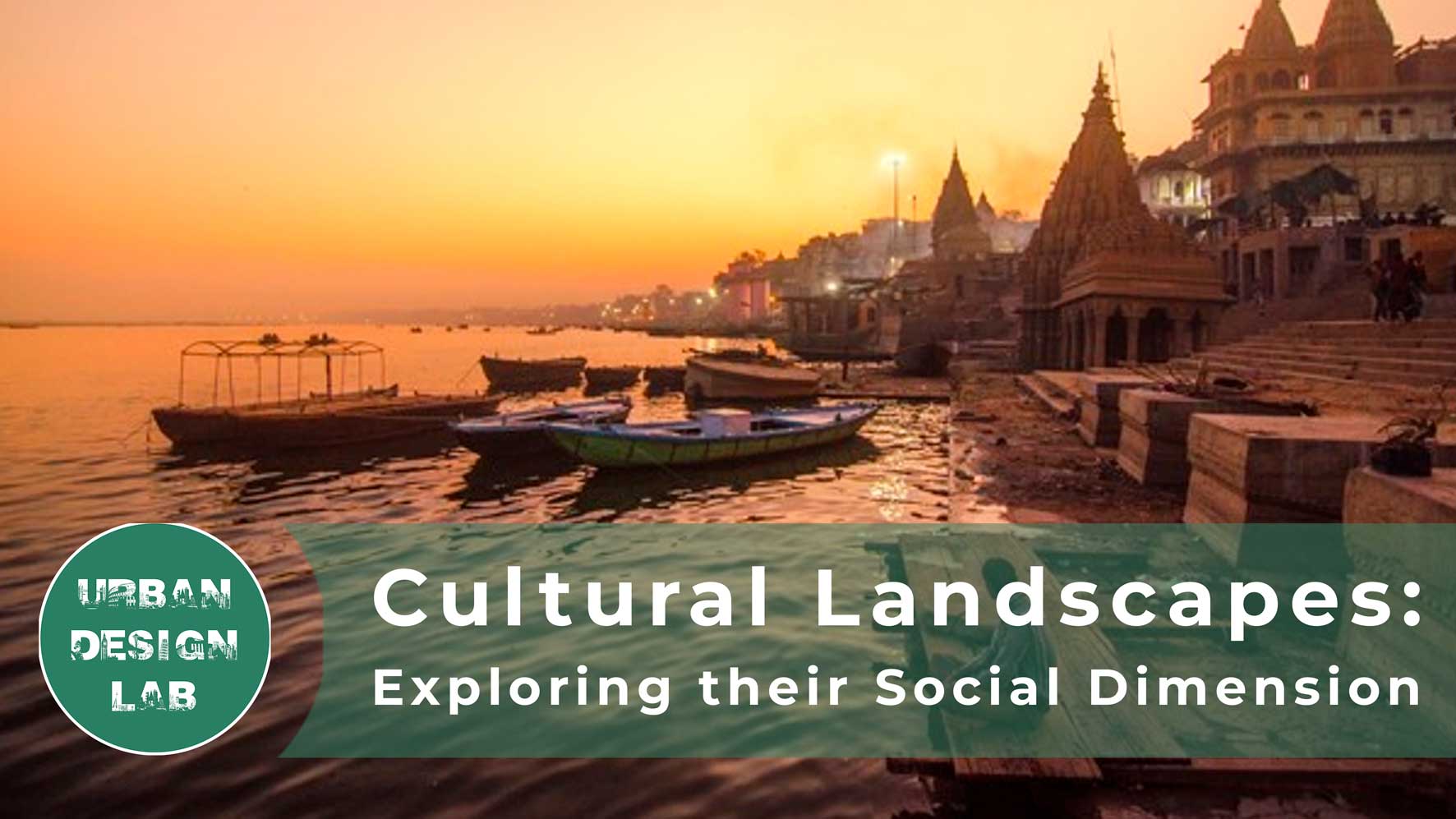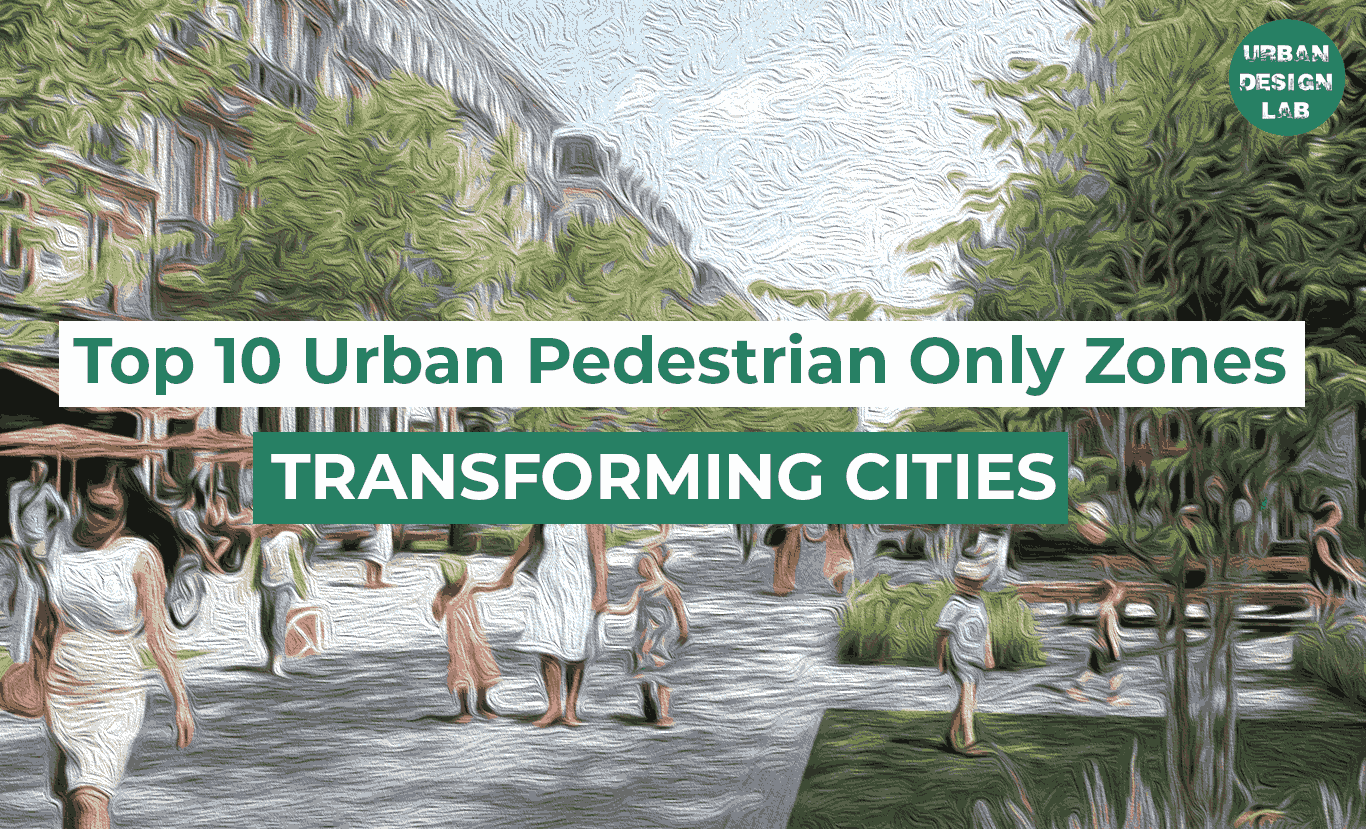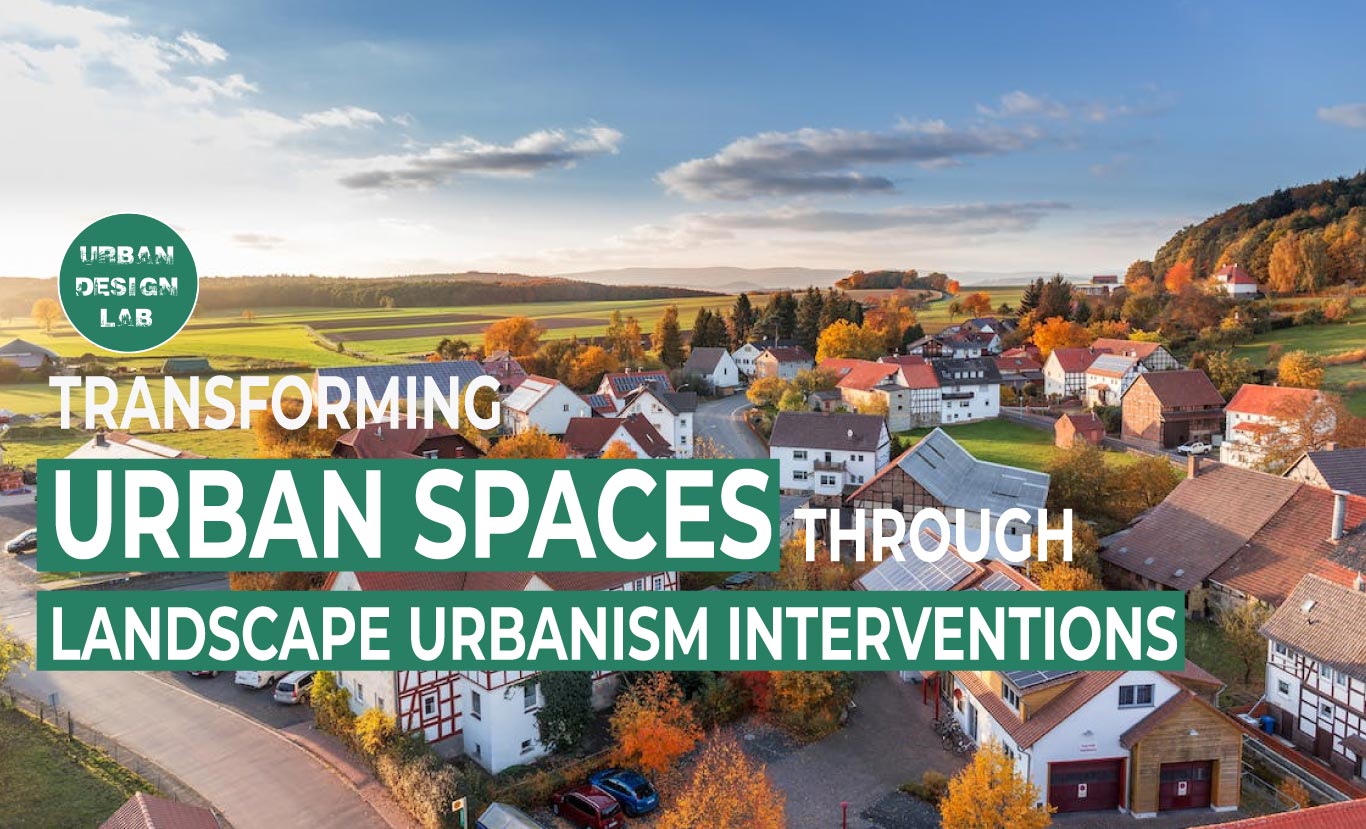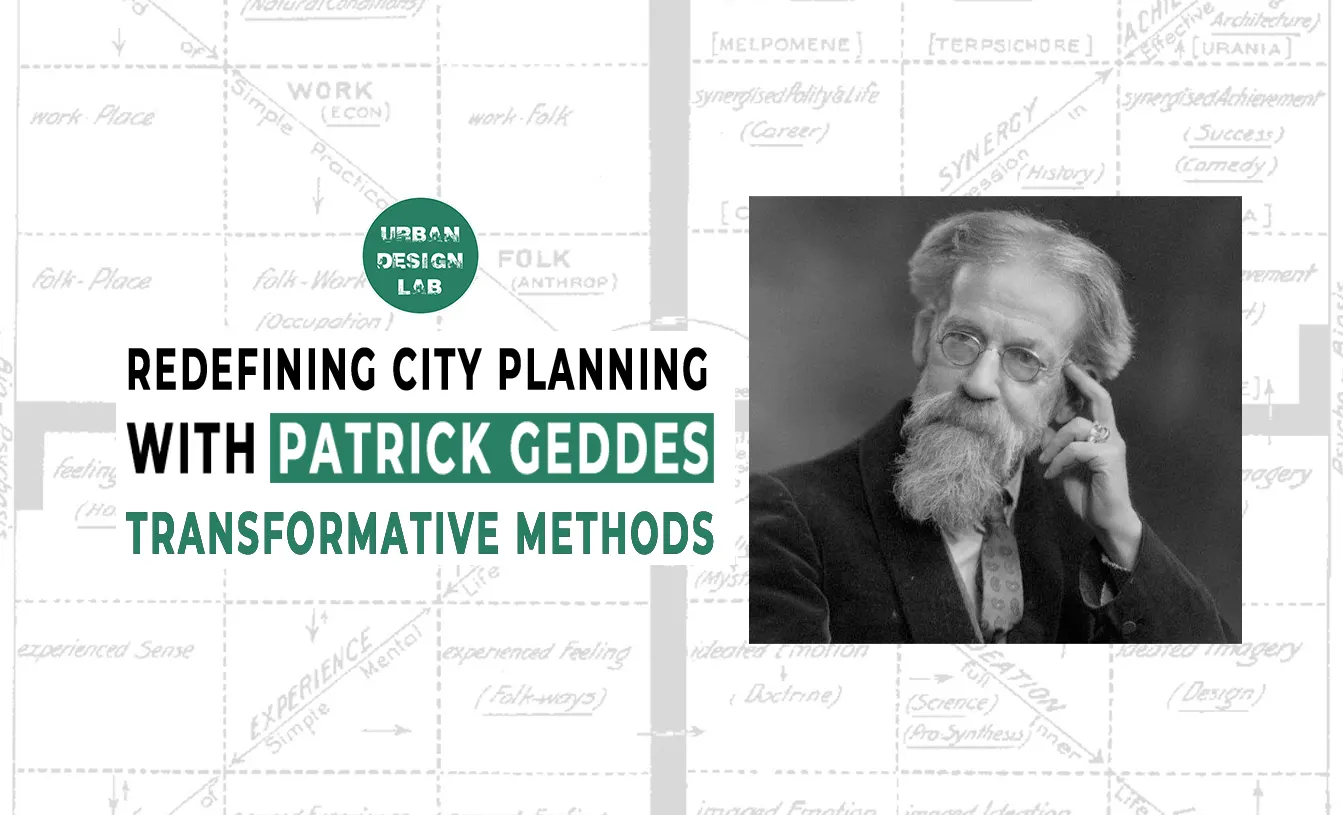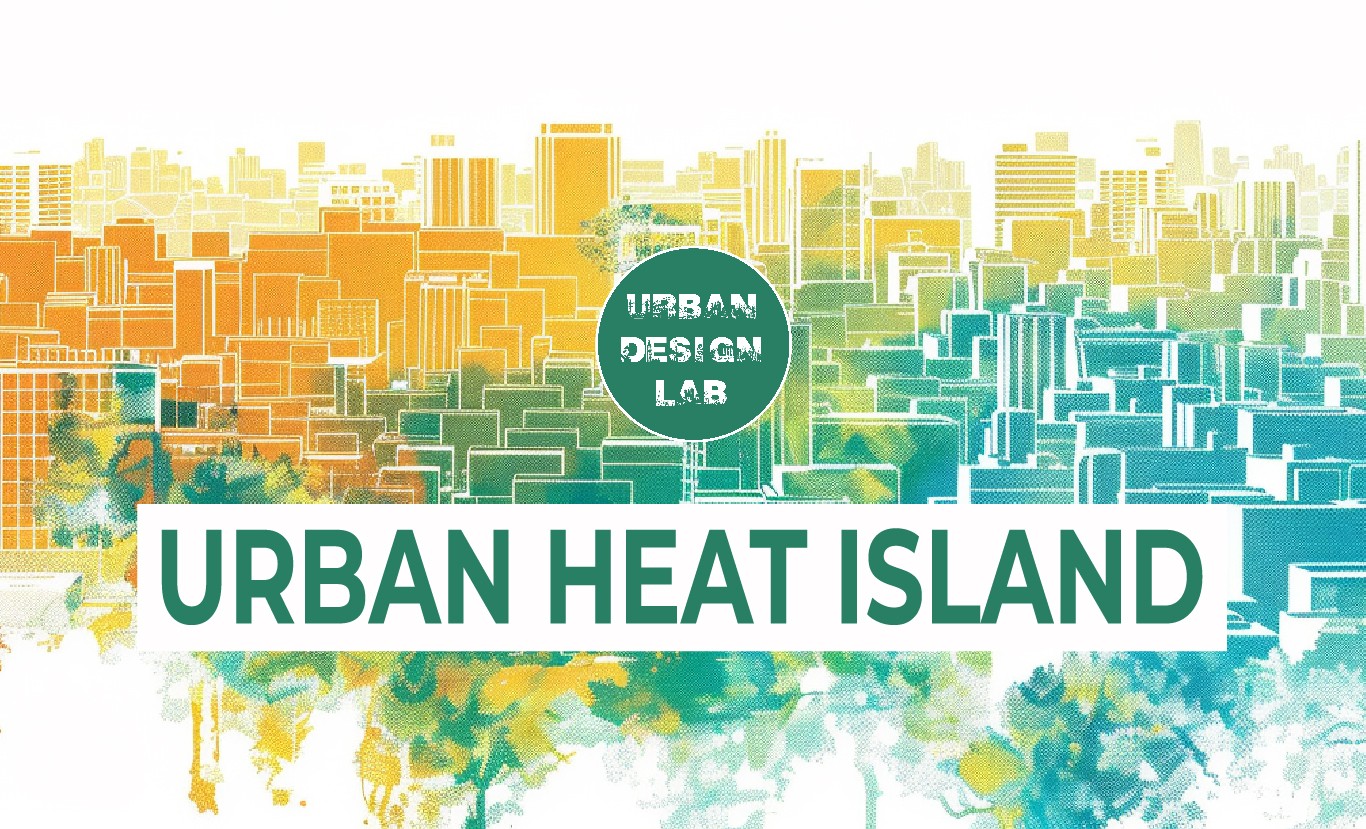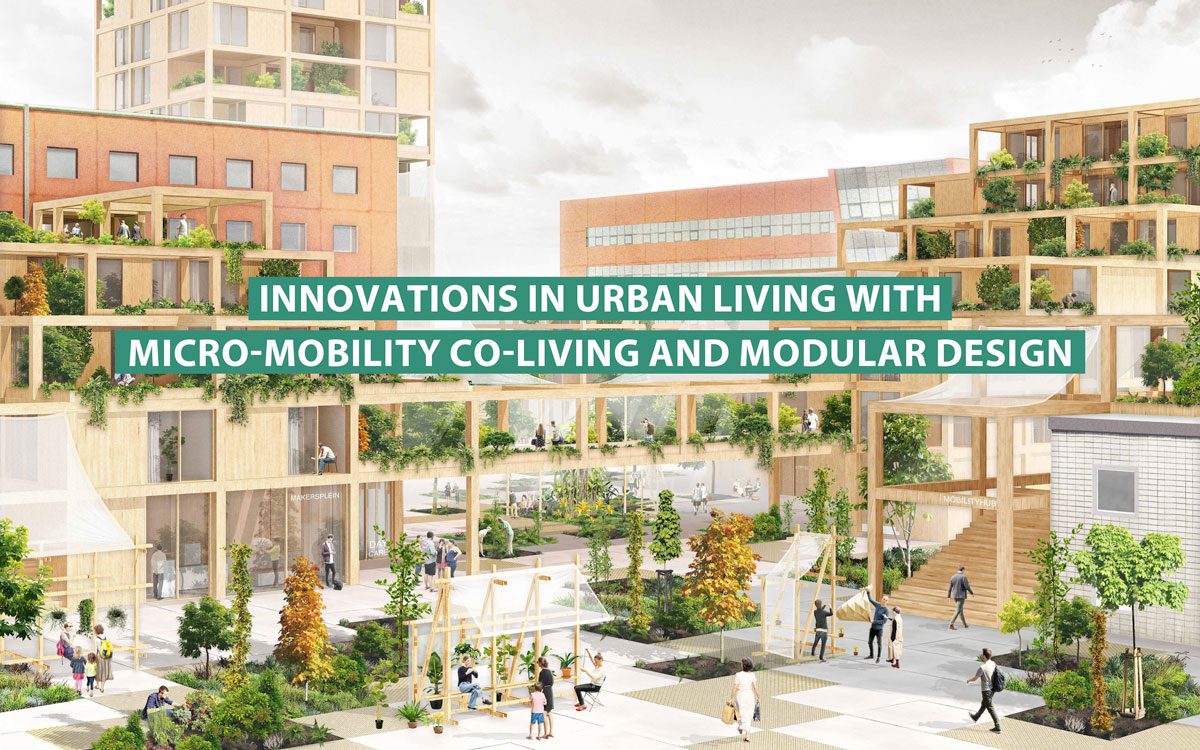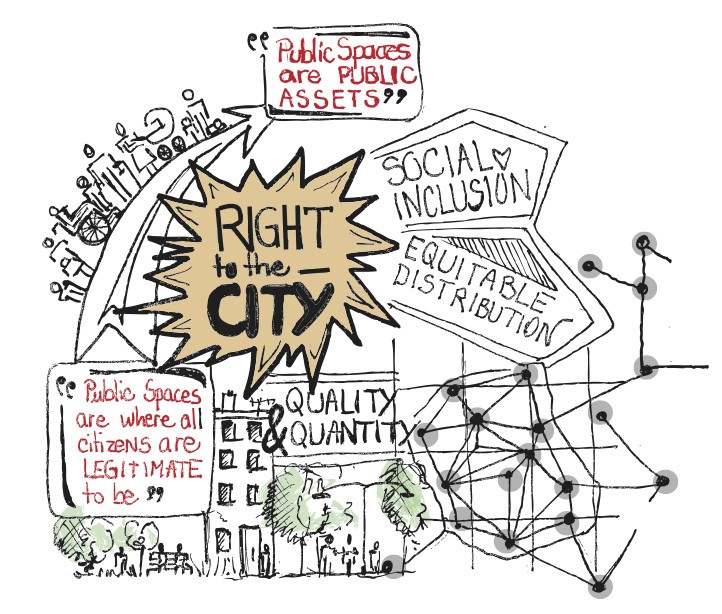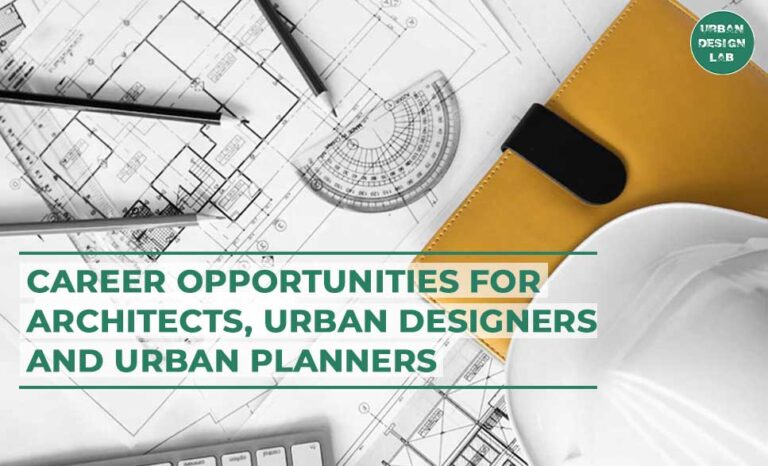
Spatial expansion of cities
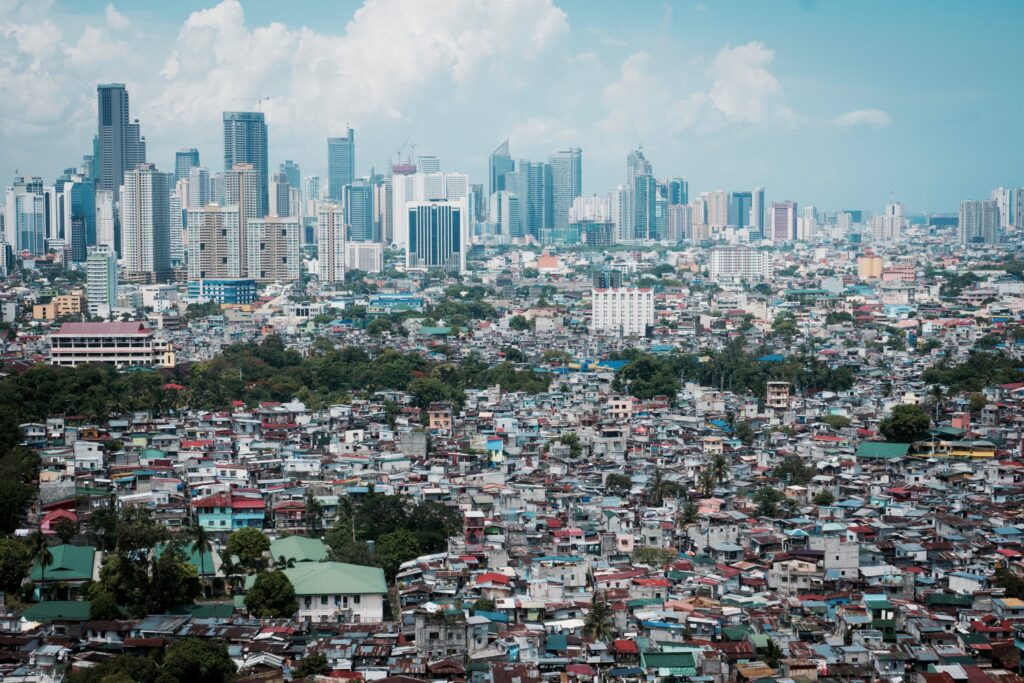
Cities will be home to 2.5 billion new residents by 2050.Today, 55% of the world’s population lives in urban areas, a proportion that is expected to increase to 68% by 2050. Projections show that the overall growth of the world’s population could add another 2.5 billion people to urban areas by 2050, with close to 90% of this increase taking place in Asia and Africa, alone. With more and more people moving to cities, the pressure to develop land in and around cities is growing. This poses a great challenge to lower‐income cities since they tend to grow through slums and other informal settlements.

Urban Spatial Expansion has been a hot topic in urban planning as global urbanisation has progressed. It is a major symbol of the current urbanisation trend, and the most immediate embodiment of Urban Spatial Expansion is urban land use change (Kasimu et al., 2013). Using remote sensing data and GIS tools, as well as statistical measurements, urban expansion may be mapped, measured, and predicted. It is a change in the size, density, and shape of a city’s inner structure that causes significant harm to the human living environment and health. Meanwhile, the rise of urban agglomeration, industry, and population will place significant strain on local water resources and the biological environment (McMichael et al., 2006). Land use type change not only influences the carrying function of land resources and ecosystem function, which is a major driving force of ecosystem change (Maimaiti et al., 2017; Meng and Xiao, 2016). During the economic growth process, the city is a core economic development unit, and the urban built-up area grows outward and the urban land use structure changes dramatically. Oasis cities are vulnerable sites in dry environments with a high concentration of human activity. Oasis cities in arid locations are severely limited in water supplies, uncommon biological species, and arid climate, making them typical ecologically fragile areas. Recently, as urbanisation and population agglomeration have accelerated, urban spatial expansion has grown in importance.

Urban expansion
The rising importance of cities as a population concentration within a specific economy and society is referred to as urban expansion, which is a spatial and demographic process.It referes to the process of creating the built environment to house urban populations and their activities. It is one of the fundamental aspects of urbanization.
Urbanization
It refers to the mass movement of populations from rural to urban settings and the consequent physical changes to urban settings. It is the process through which cities grow, and higher and higher percentages of the population comes to live in the city.
Urban Growth
The percentage increase in the urban population with respect to the existing urban population is refers as urban growth. There has been an increase 3.35 percentage points in the proportion of urban population in the country during 2001-2011.
Although cities may appear to be in a state of continuous expansion, their population growth has historically occurred in cycles. Innovations have generally addressed the challenges posed by rising populations, only to be replaced by new hurdles. For example, the early 20th century invention of the automobile has addressed some of the difficulties associated with long commutes. However, as cities are increasingly designed to accommodate cars instead of people, sedentary lifestyles have become common and health issues proliferate.
Reasons for Urbanization:
1. Industrialisation of cities and its expansion
In the decades following 1840, the rise of big cities and the industrialization of their economies were central aspects of the nineteenth-century American experience. Long-established commercial centres were being industrialised, which was a noticeable feature of the nineteenth century in America, and it also applied to every country where high levels of economic development were obtained over the previous century. Observed initially in England, then in the United States, and by 1900 in Canada and certain Western European countries, this observation on the nature of nineteenth-century urban development, first codified by keen observers during the previous century, has been corroborated and quantitatively documented.
The most well-known explanation of this relationship is presented to support the stage theory of economic growth. According to this viewpoint, industrialisation is the process by which the required increase in capital creation rates focuses on national economic indicators. It was both a cause and a result of urbanisation.
2.The natural increase in population
The rate of death and births characterises the natural expansion of an area. In areas where births are more than the deaths, the population is bound to increase. With the advancement in technology and medicine the life expectancy of people is increasing and thus leading to urban growth.
3.An increasingly connected world
Over the past two decades, migration has blurred geographic boundaries. While some cities are already cosmopolitan, others are actively developing policies and infrastructure to attract foreigners.
Dubai is currently the world’s most cosmopolitan city, with foreign born residents making up 83 percent of its population. Its residents come from more than 200 countries and speak more than 140 different languages. Following Dubai is Brussels, with a population that is 62 percent foreign born; its inhabitants hail from approximately 140 countries and speak 86 different languages. The increase in knowledge-intensive flows as a result of digitization, which are quickly gaining dominance over capital labour flows, will continue to open up a wealth of business opportunities. Cities can act as key nodes in these global flows, spurring the creation of high-quality jobs and economic output.

In order to densify meaningfully, cities need to make room within their existing footprints to accommodate more people. In the absence of adequate room within their existing footprints, cities create more room through outward expansion, typically resulting in lower overall densities. Expansion can be vertical as well as horizontal.
Types of urban land expansion
1) Infilling. New developments are set in areas that were previously unused or being redeveloped to new uses.
2) Extension. A standard form of expansion where land use is a development directly adjacent to existing land uses. New infrastructures such as streets and utilities are expanded from the existing network.
3) Linear development. Similar to extension, but in this case, the expansion is shaped by an existing corridor of circulation such as a highway or a transit line (subway, light rail).
4) Sprawl. A standard form of suburban development taking advantage of scattered lots. Each developer is taking advantage of an existing plot of land without much consideration of the existing urban pattern.
5) Large-scale projects. The setting of a large infrastructure project such as a new port, airport, industrial zone, logistics zone, or intermodal rail terminal consumes a large amount of land. Its operational rationale is often very different from the existing landscape so the level of integration to existing land uses is problematic.

Increasing urbanization goes hand in hand with economic progress in the developing world. But rapid urbanization comes with challenges like growing slums and overcrowded living, road congestion as well as pollution, as urban development fails to keep up with urban growth. In 2018, around 55 percent of urban populations in Africa lived in slums, compared with around 30 percent in Asia and around 20 percent in Latin America. With the sudden migration of people to the cities and the unprecedented growth puts the cities on a lot of stress. When it comes to resources, urban growth has significantly increased risk for cities worldwide.


Resource Stress
Research of more than 2,600 global cities finds that cities are vulnerable to three types of resource stress
1.Chronic. Persistent stress on water, energy, and food supplies, which is endemic in certain parts of the world, is spreading rapidly. By 2030, the demand for water is forecast to drastically outstrip supply in several cities in India, China, Africa, and the Americas. By 2025, many cities across the developing world are also likely to suffer from insufficient energy supply, due to a projected increase in demand, as well as low access to electricity.
2.Acute. This type of stress results from exposure to weather-related events, and is concentrated in Asian cities as well as coastal cities in the Americas. Notably, coastal China is at risk of floods and hurricanes, while northern India is vulnerable to floods and droughts. The Pacific coast of Latin America is exposed to floods, and the coastal US must contend with both hurricanes and floods.
3.Social. Social stress can result from poor governance, excessively rapid urbanization, unequal wealth distribution, and youth unemployment. As GDP grows, social stress appears to be declining in the large majority of cities.

The Challenge
Development pressure on land in and around cities is growing, contributing to urban sprawl. It is estimated that the world will add 1.2 million square kilometers of new urban built-up area over the next three decades—equivalent to the surface area of South Africa—to meet these needs. Moreover, cities are growing at a tremendous pace. As cities grow and develop, they need more floor space. Cities can create more floor space in two ways: vertically and horizontally. Vertical expansion includes building upward or infilling the open spaces between buildings, whereas horizontal expansion involves expanding outward. Horizontal expansion often takes place in the form of sprawl over undeveloped land, as evidenced by the fact that urban land consumption outpaces population growth by as much as 50 percent. As a result, cities are becoming less dense as they grow (Bertaud 2018).
Urban sprawl
Urban sprawl (also known as suburban sprawl or urban encroachment) is defined as “the spreading of urban developments (such as houses and shopping centres) on undeveloped land near a city”. Urban sprawl has been described as the unrestricted growth in many urban areas of housing, commercial development, and roads over large expanses of land, with little concern for urban planning.
Formation of Urban Sprawl
The urban sprawls can be formed due to the following causes;
1) Lower Land Rates
Lower cost land and houses in the outer suburbs of the cities, because the centres of urban development have really made people want to stop settling in these areas and want to venture further out.
2) Improved Infrastructure
There is increased spending on certain types of infrastructures, including roads and electricity. This is something that hasn’t always been available, and there are still some areas that don’t have these luxuries. That doesn’t mean that they aren’t working on it.
3) The Rise in Standard of Living
There are also increases in standards of living and average family incomes, which means that people have the ability to pay more to travel and commute longer distances to work and back home.
4) Lack of Urban Planning
People love to find areas that are less trafficked and calmer, which leads them to sprawl out to other sections of the town. Unprecedented development, cutting of trees, loss of green cover, long traffic jams, poor infrastructure force people to move out to new areas.
5) Lack of Proper Laws that can Regulate Urban Planning
Regulating processes that are not properly bound by the law can be extremely difficult. Such is the case with urban sprawling. Since there are no strong laws that govern the system of urbanisation, it becomes a somewhat wayward and uncontrolled process that deepens the problem of urban sprawling.
6) Lower House Tax Rates
Cities will usually have high property taxes, and you can usually avoid these taxes by living in the outer suburbs because the taxes are usually lower than they would be in other situations.
7) The Rise in Population Growth
Another factor that contributes to urban sprawl is the rise in population growth. As the number of people in a city grows beyond capacity, the local communities continue to spread farther and farther from city centres.
8) Consumer Preferences
People in high-income groups have stronger preferences towards larger homes, more bedrooms, bigger balconies and bigger lawns. This also causes urban sprawl as this option is not available in crowded cities. People generally look out for low-density residential areas where they can get home according to their preferences.
Conclusion
Urbanization is occurring in many countries where urban population growth is outpacing economic growth, and the share of poor people living in urban areas is increasing globally. Many cities do not have the financial resources or the capacity to meet the service needs of their growing urban populations. Struggling and emerging cities are at a crossroads. They are under tremendous pressure to meet urgent needs while avoiding decisions that lead to unsustainable patterns of urban development. Although compact development has benefits, the over-concentration and the lack of affordable housing remain a challenge in dense cities of the developing world. In addition, unplanned urban expansion into greenfield areas limits the capacity of regional agriculture and food production systems to sustain growing urban populations. The priority areas for cities relate to land use, housing, water and sanitation, energy, and transportation. Effective planning and management are needed to envision, implement, and enforce plans that shape a more equal city.
References
Ren, P., Gan, S., Yuan, X., Zong, H., Xie, X. (2013). Spatial Expansion and Sprawl Quantitative Analysis of Mountain City Built-Up Area. In: Bian, F., Xie, Y., Cui, X., Zeng, Y. (eds) Geo-Informatics in Resource Management and Sustainable Ecosystem. Communications in Computer and Information Science, vol 398. Springer, Berlin, Heidelberg.
https://doi.org/10.1007/978-3-642-45025-9_19
http://architectureandurbanism.blogspot.com/2011/11/raymond-unwin-town-planning-in-practice.html
https://cashewnut.me.uk/WGCbooks/web-Purdom-books-1921-1.php
Goheen, Peter G. (1973). industrialization and the growth of cities in nineteenth-century america. American Studies, 14(1), 49–65. http://www.jstor.org/stable/41969566
https://www.visualcapitalist.com/fastest-growing-cities/
https://www.sciencedirect.com/science/article/abs/pii/S0197397515300072
https://www.statista.com/chart/24298/fastest-growing-cities/
https://www.wri.org/research/towards-more-equal-city-framing-challenges-and-opportunities
Suksheetha Adulla is currently studying Architecture and Urban planning at Newcastle University, United Kingdom. She aspires to become an architectural designer with an intent to fuse her passion towards designing with affection towards environment and build a society in order to inspire, motivate and equip people on a greening journey with sophisticated civilization. She is a caffeine addict who loves playing basketball, reading books, and baking goodies.
An Architect and a budding Urban Designer who enjoys conducting research, evaluating, and comprehending all aspects of urban design. She wants to use her expertise in making safe and better cities. Besides pedagogy and research, her interest includes traveling, sketching and reading.
Related articles

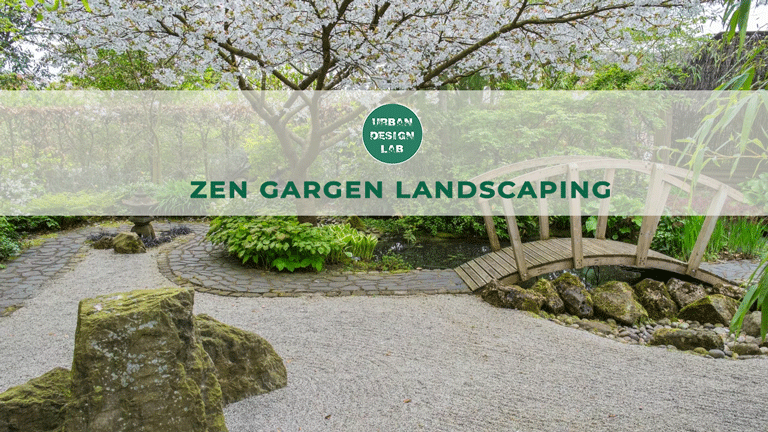
An overview of Zen garden landscaping
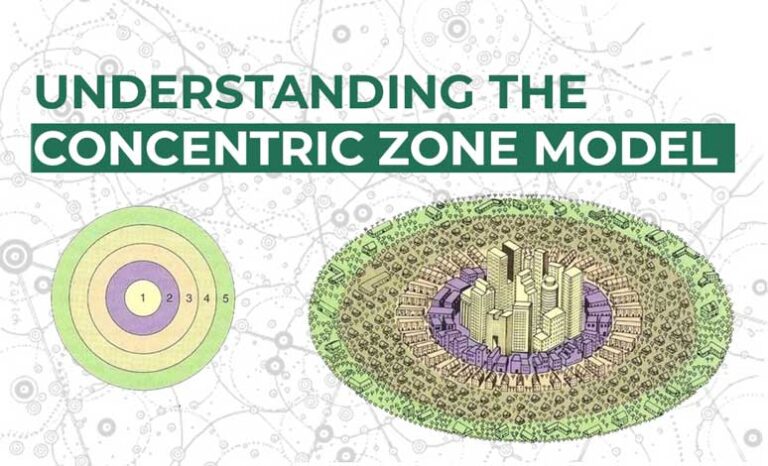
Understanding the Concentric Zone Model
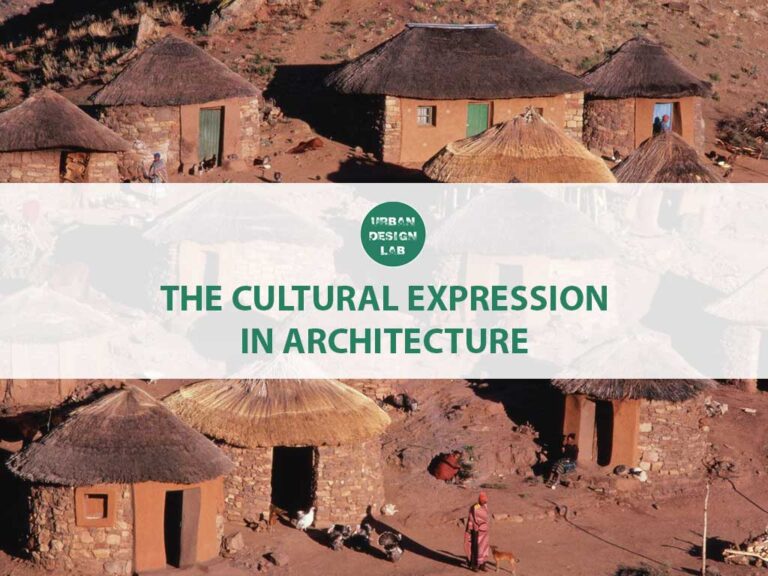
The Cultural Expression in Architecture
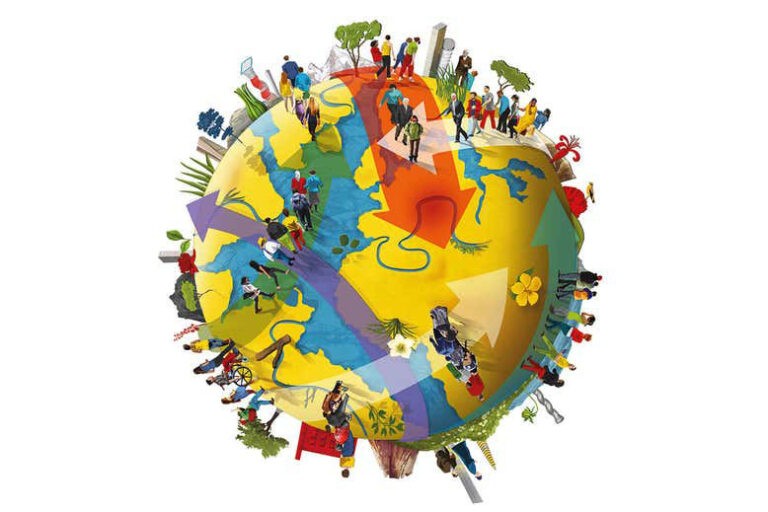
Re-distribution of population through Suburban migration
5-Days UDL GIS
Masterclass
GIS Made Easy – Learn to Map, Analyse, and Transform Urban Futures
Session Dates
14th-18th July 2025

Free E-Book
From thesis to Portfolio
A Guide to Convert Academic Work into a Professional Portfolio”
Recent Posts
- Article Posted:
- Article Posted:
- Article Posted:
- Article Posted:
- Article Posted:
- Article Posted:
- Article Posted:
- Article Posted:
- Article Posted:
- Article Posted:
- Article Posted:
- Article Posted:
Sign up for our Newsletter
“Let’s explore the new avenues of Urban environment together “




























